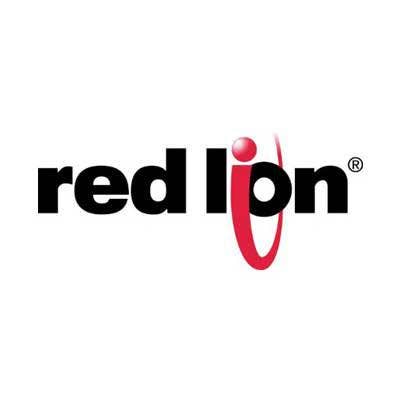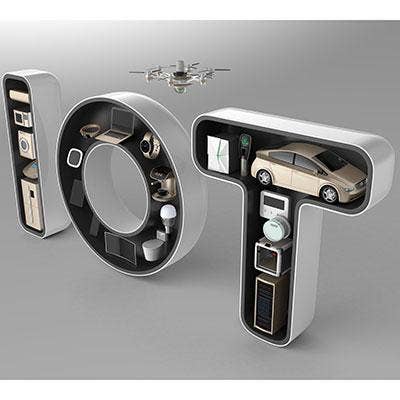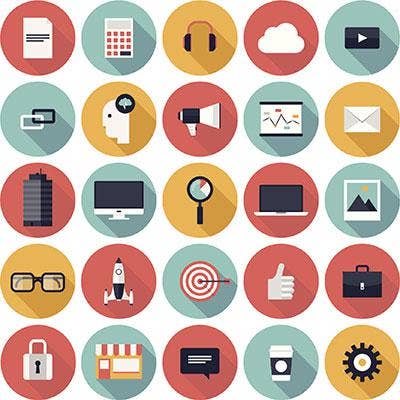IoT Channel Chronicles: Control Point President Talks About The Channel's Role In The IT-OT Divide

The Operational Technology Opportunity
More factory floors are connecting their industrial control systems to become more efficient, decrease downtime and cut back on costs. Jeff Murray, president of Control Point, a Scarborough, Maine operational technology solution provider, said that Industrial IoT is creating more opportunities for companies like his to work with manufacturing clients.
"Our pedigree is that OT side," he said. "We would fall into the OT bucket, but we have made it our business to be more than that, and while we're not fully IT Capable here, we're a lot closer to that than most are."
Following are excerpts from CRN's interview with Control Point, where Murray talks about the opportunities in the industrial space.

Who are some of the main vendors in the industrial market that you partner with?
The ones we partner with the most as it relates to the IoT world is Red Lion – they captured on the concept of IIoT and offer a number of cell routers with tools allowing them to put data in the cloud easily. In turn, they've partnered with a company called LEC, which provides a cloud-based SCADA system, and in conjunction with the Red Lion hardware, those two pieces give us something that people classically think of as IIoT.

What're the advantages for manufacturers collecting data from their machines?
A lot of times manufacturers do data collection internally for their own environments, but they also want to share that data out in some way. Sometimes it's for their customers or suppliers to see what's happening in the factory. These IoT applications allow us to bring the data securely out of the plant. We're here to make that process simpler.

Do you see the gap between IT and OT closing in the industrial space? Where do you fit into the IT – OT spectrum?
We certainly encourage it, it's where a lot of manufacturers have a gap, and it creates some of the problems they have in their facilities. The automation guys, for the most part, don't understand what's going on over there in the IT world, and the IT guys don't know what's going on in the industrial world. Our customers who are most effective in doing what they're doing have bridged that gap and have people in their IT department who understand the requirements of the automation engineers on the factory floor, and the engineers understand the requirements that the IT people need to put in their systems to make them more secure.
Ultimately, we tend to play that role a lot of times. We do understand both sides of the equation and can do a bit of translation for the companies who haven't bridged that gap.

What's an example of an issue or requirement on the OT side that IT might not understand?
I've had more than a number of customers that have said one of the difficulties is they have computers that are doing data collection as the primary interface for the operators to run the equipment. If those computers are on the standard network of their facility, they might need Microsoft updates. It's one thing to put a new patch on a computer, on someone's desk when they're not there. It’s a different thing on the computers on the factory floor responsible for production are turned off and turned back on again.
Because of the uniqueness of the software running on these systems, sometimes the standard OS patches aren't standard, they aren't tested against everything – including against camera software or robotics running on a factory floor.

What trends with IoT do you see more in the industrial market?
I think for many years a lot of customers have been collecting a lot of data, and that data they haven't necessarily used it as well as they could have – so the trend that's starting to happen now is to figure out how to get that in front of people who can use it well. That is the whole industrial Internet of Things. We want to get customers to an Ethernet foundation for their systems. You have to understand that a lot of what is going on in our industrial space had nothing to do with Ethernet, it was a serial cable and some other communications method – there were a variety of different communications methods that weren't Ethernet, but now we're in the Ethernet realm. Now we're seeing with this premise around IoT is we can take this data and put it in a useful format – that might be a dashboard or tools for disseminating reports. A lot of our conversations are around dashboards, reports and remote access to data I didn't have before for people who are maybe working from home but are responsible for plants or factory floors.

Which groups on the manufacturing floor will be looking at the data on these visual tools?
The remote data I'm thinking of is probably sharing data with the maintenance person not on the floor all the time, or the engineer who isn't on the production floor, but is responsible for keeping the equipment running. It might go to supervisors who may have responsible for many production lines but aren't at one individual one at a time – or management, who wants a broader view of what's going on from a production perspective.

Who is Control Point talking to when you work with industrial customers?
There's a mix and match – we'll occasionally talk to the C-suite, but more often than not we're dealing with one level below that, so the management, the VP, the production manager, the people responsible for making sure that the production occurs as it should. They may be asked by the C-Suite to provide visibility, but it's usually those production people that need the data, and the engineering group. Often the engineering group is tasked with making this happen.